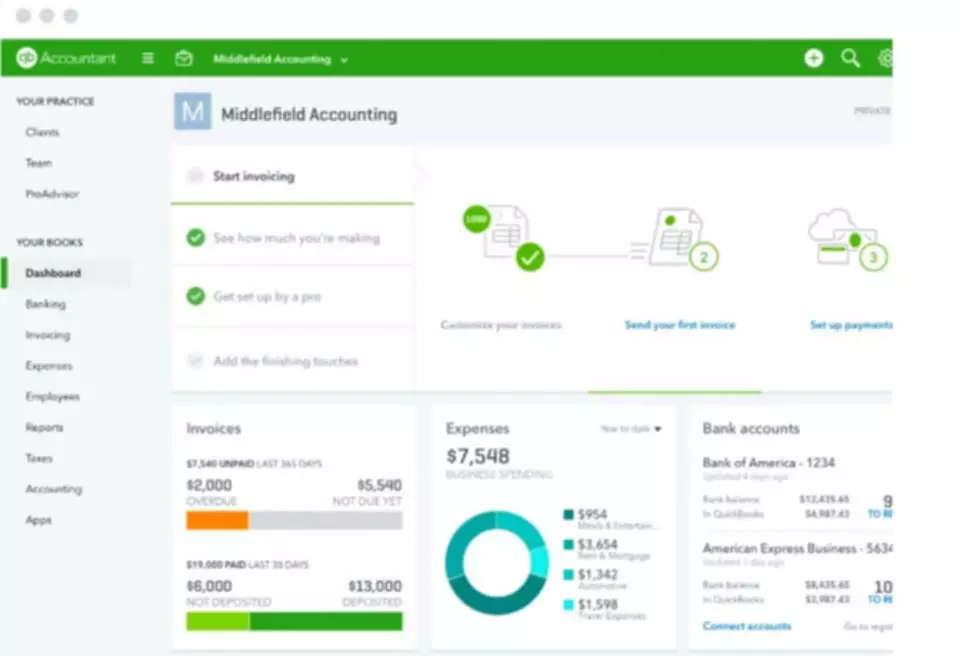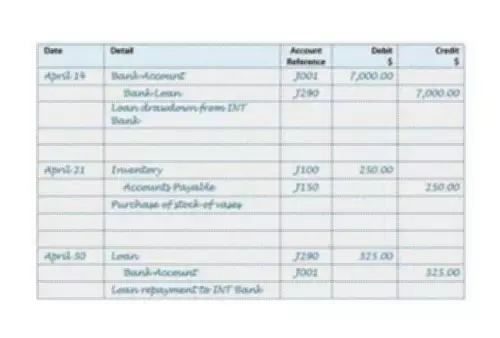What Are Balance Sheets and Classified Balance Sheets?
Top Accounting Firms in Bridgeport 2022 Reviews
31 diciembre, 2019Xero to QuickBooks Conversion Service
4 marzo, 2020Content

If assets, liabilities and owner’s equity are written accurately it is evident that the total of assets must be equal to the total of liabilities and owner’s equity. In the later part, liabilities are shown classifying them into current liabilities, long-term liabilities, and owner’s equity. The balance sheet is prepared with those ledger balances that are left after transferring revenue ledger balances into the income statement. Track assets and expenses in a free online table template. If you’d like to add up totals fast, do it automatically with our quick calculation feature! No matter what kind of budget you’re in charge of, Jotform’s free Budget Sheets make it easier than ever to record payments and manage your amounts on any device.

The land is a space of a business concern where office building, factory building, and store-building are built and business activities are carried out thereon. Verification of debt paying capability of a business. Wedding Budget TemplateKeep your wedding planning on budget with a free Wedding Budget Template. Grant Budget TemplateKeep track of your grant budget details with this easy-to-customize template.
What is a classified financial statement? Video answers:
Gather the required information – Most of this information will come from the trial balance, which gives you the ledger balance for all balance sheet and income statement accounts. One special piece will come from the retained earnings statement. The categorization of items is what makes a classified balance sheet different from a traditional balance sheet. An unclassified balance sheet will list items under assets, liabilities, and stockholder’s equity without needing to regard the order. A classified balance sheet will categorize assets, usually in order of liquidity and liabilities, usually in order of the due date.
The balance sheet provides an overview of the state of a company’s finances at a moment in https://www.bookstime.com/ time. It cannot give a sense of the trends playing out over a longer period on its own.
Format
A classified balance sheet is one that categorizes line items by predetermined criteria. Usually, assets are categorized in order of liquidity and liabilities by their due date. A traditional balance sheet does not necessarily do this. To prepare a classified balance sheet it is necessary to gather the required information, define balance sheet categories, classify the accounts, and construct the statement.
- In other words, equity is the difference between assets and liability.
- A traditional balance sheet does not necessarily do this.
- Examples Of Current LiabilitiesCurrent Liabilities are the payables which are likely to settled within twelve months of reporting.
- For example, accounts receivable must be continually assessed for impairment and adjusted to reflect potential uncollectible accounts.
- Some of the current assets have very high liquidity and can be used as a substitute for cash.
Depending on the company, this might include short-term assets, such as cash and accounts receivable, or long-term assets such as property, plant, and equipment (PP&E). Likewise, its liabilities may include short-term obligations such as accounts payable and wages payable, or long-term liabilities such as bank loans and other debt obligations. A classified balance sheet is a financial statement with classifications like current assets and liabilities, long-term liabilities and other things. By organizing the information into categories, it can be easier to read and extract the information you need than if it was simply listed in a large number of line items. A classified balance sheet is a format of detailed presentation of the assets and liabilities of an organization. It provides details of every asset held for current use and for long term purpose. It also provides details of every liability to be paid in the near future and every liability to be paid in the long term.
Classified Balance Sheet Definition
For example, if a company has a 10 years left on a loan to pay for its warehouse, 1 year is a current liability and 9 years is a long-term liability. TheAccountingDr.com In this video, the classified balance sheet is covered and why certain assets/liabilities are classified as … IGCSE #accounting #shermannfoo IGCSE Accounting – What is a classified statement of financial position? Liabilities payable within a short period of quickly changeable are called current liabilities. The assets which are used in business for a long-term period are called fixed or long-term assets. Generally, marketable securities’ are called short-term investments. For example, shares and bonds of other companies purchased for a short-term period.

Last, a balance sheet is subject to several areas of professional judgement that may materially impact the report. For example, accounts receivable must be continually assessed for impairment and adjusted to reflect potential uncollectible accounts. Without knowing which receivables a company is likely to actually receive, a company must make estimates and reflect their best guess as part of the balance sheet. The balance sheet is one of the three core financial statements that are used to evaluate a business.
The reason why a classified balance sheet is so important is because it helps organize those assets into categories. These are assets classified balance sheet that can be sold or used within one year. Examples of current assets are cash, checking, and savings accounts and inventory.

Whichever type of balance sheet is adopted by a business or individual, the usefulness of the balance sheet for financial analysis is undeniable. The classified balance sheet is the most commonly used type of balance sheet. Intangible assets include non-physical assets such as intellectual property and goodwill. These assets are generally only listed on the balance sheet if they are acquired, rather than developed in-house.
A classified income statement is a financial document that shows the income earned by a company over a period of time and separates the individual aspects of the business on the document. This makes it easy for management, shareholders, and potential investors to digest the information easily.
- For instance, if there is a large shareholder loan on the books, it could mean the company can’t fund its operations with profits and it can’t qualify for a commercial loan.
- A company will be able to quickly assess whether it has borrowed too much money, whether the assets it owns are not liquid enough, or whether it has enough cash on hand to meet current demands.
- Its liabilities (specifically, the long-term debt account) will also increase by $4,000, balancing the two sides of the equation.
- Likewise, its liabilities may include short-term obligations such as accounts payable and wages payable, or long-term liabilities such as bank loans and other debt obligations.
- A classified balance sheet groups like accounts together.
These revenues will be balanced on the assets side, appearing as cash, investments, inventory, or other assets. A classified balance sheet is a financial statement that reports asset, liability, and equity accounts in meaningful subcategories for readers’ ease of use. The classified balance sheet also allows companies to provide more information to users than the traditional one. It helps explain various areas better, such as accrued and prepaid expenses, liabilities, fixed assets, etc. Although most companies use the traditional balance sheet, investors may prefer the classified one more. The classified balance sheet provides companies with an alternative way of reporting their financial position.
